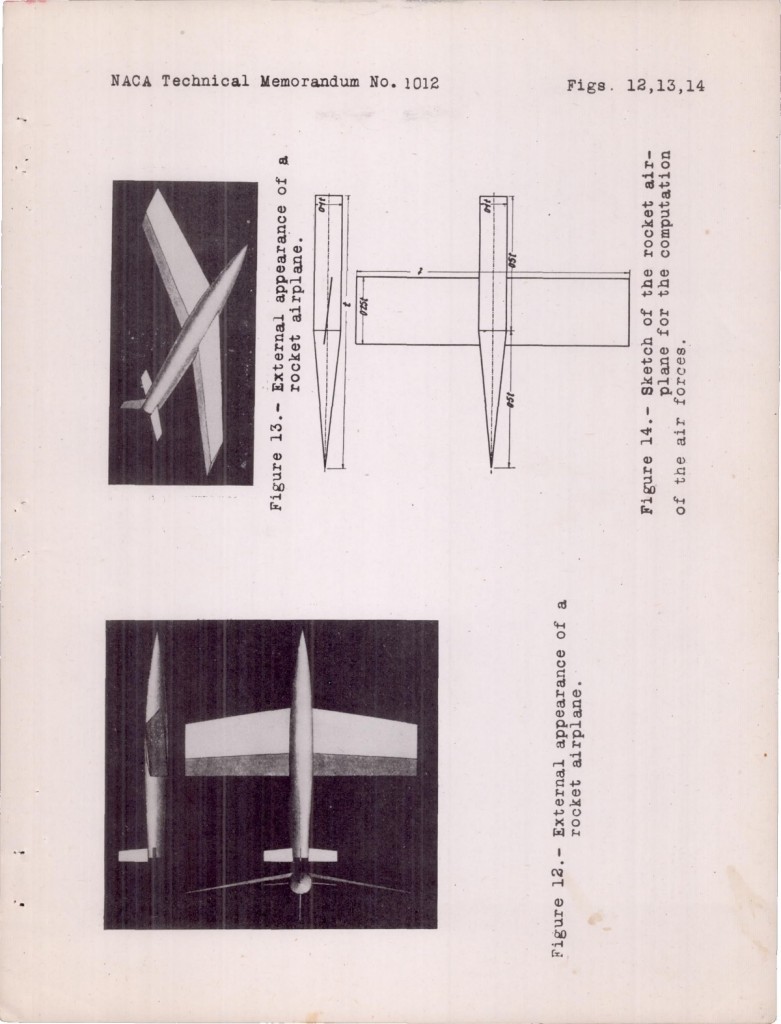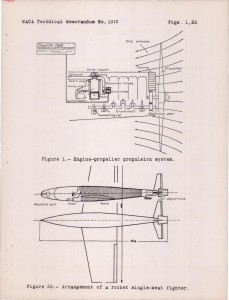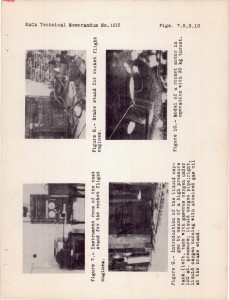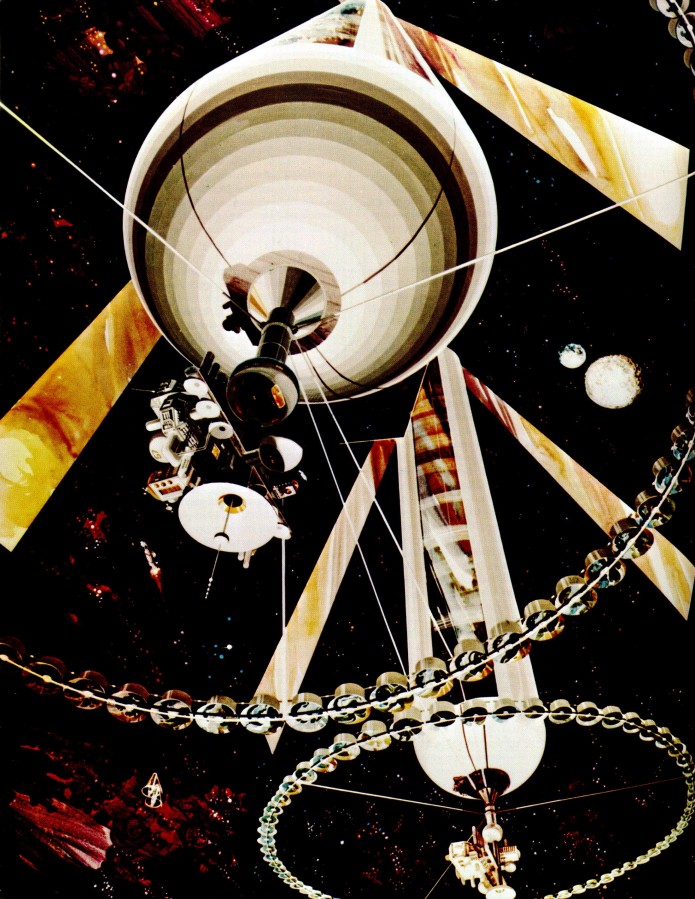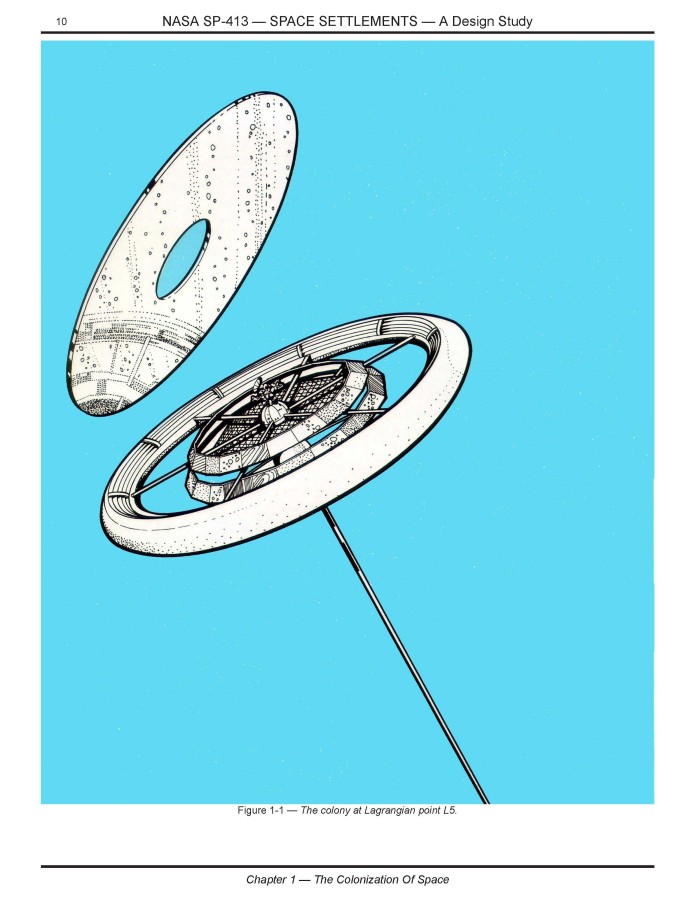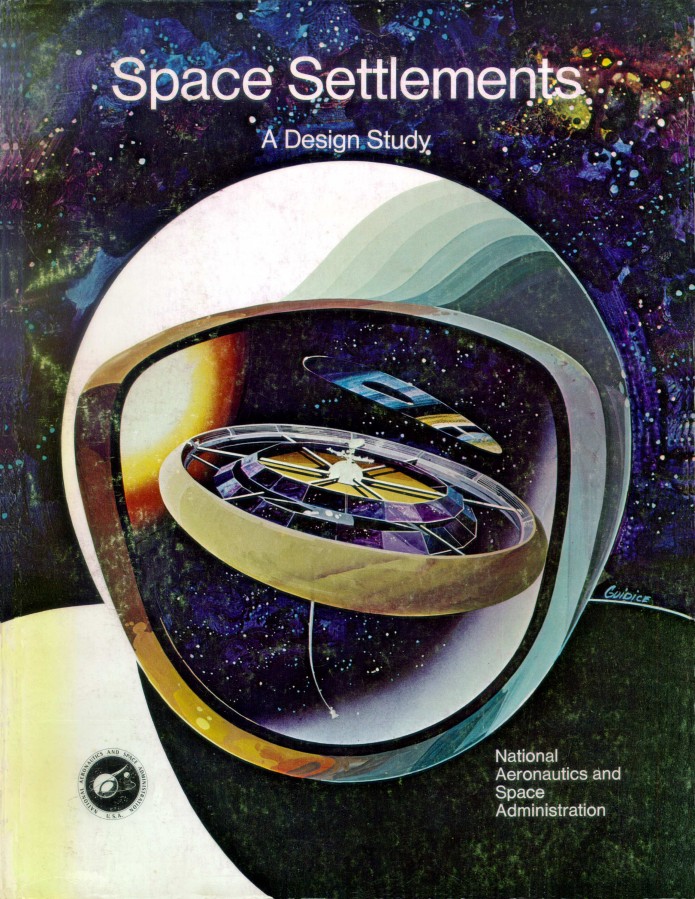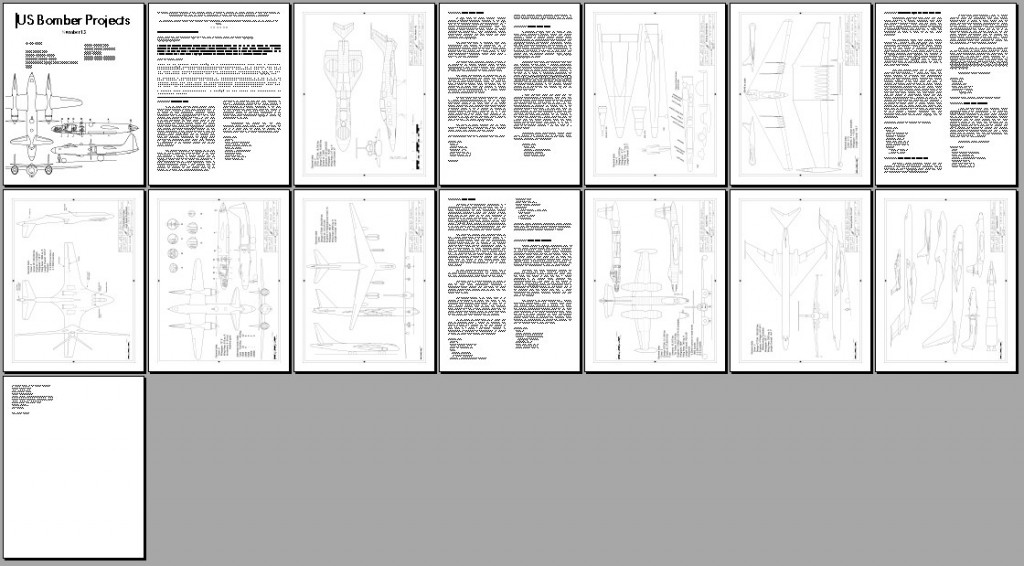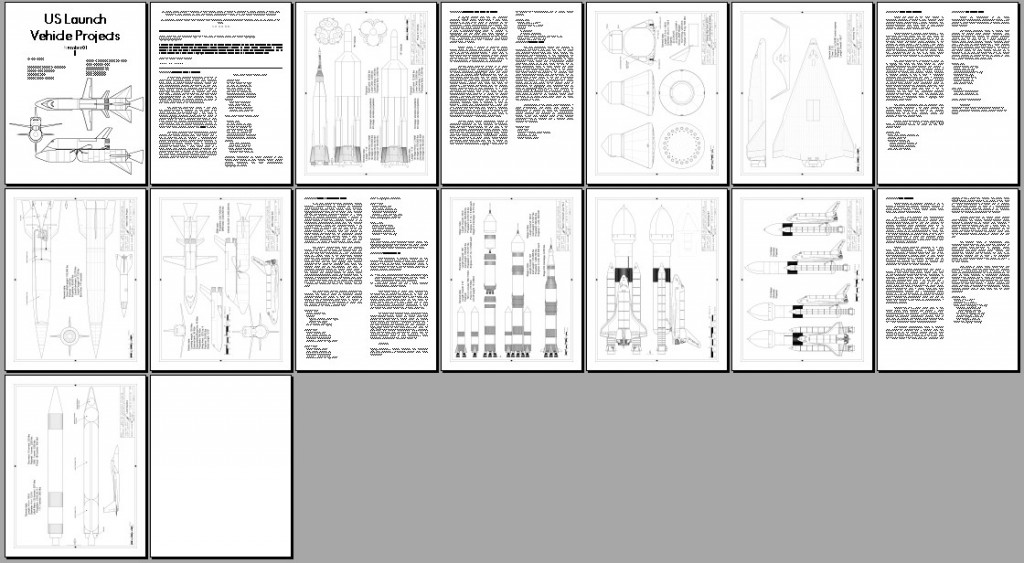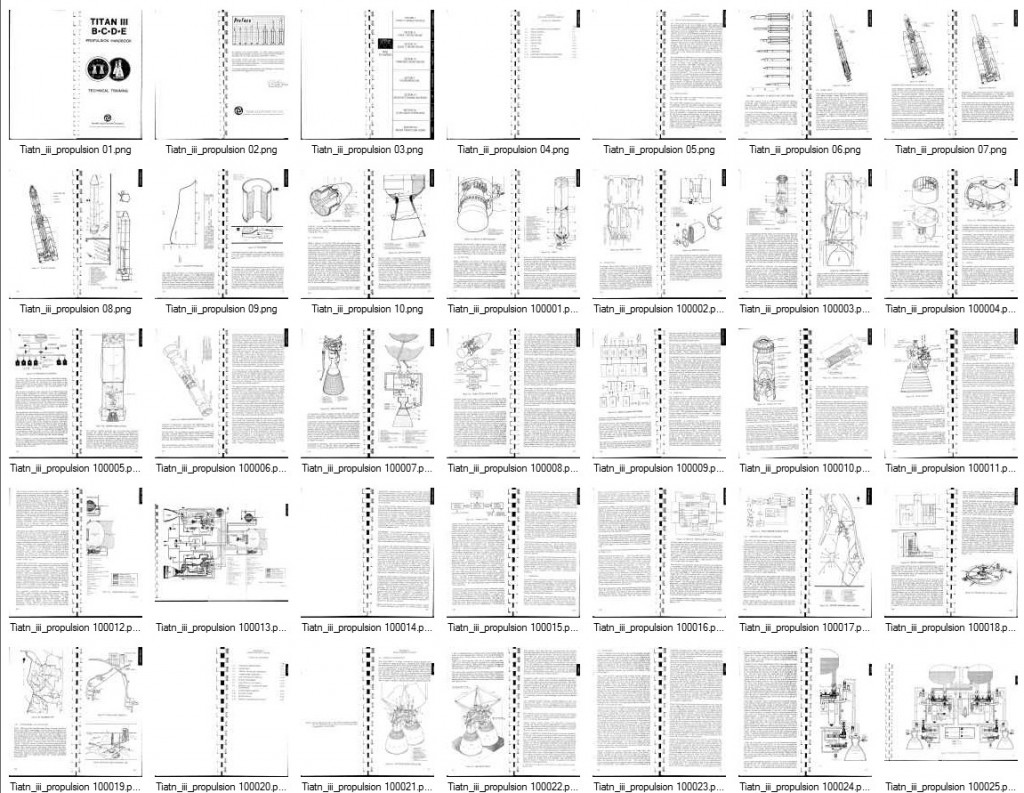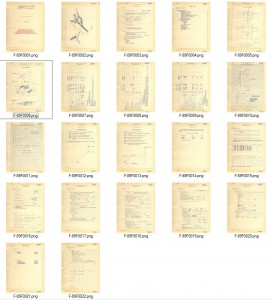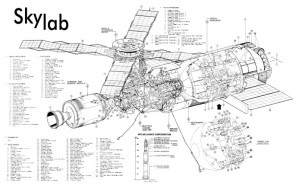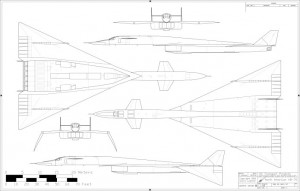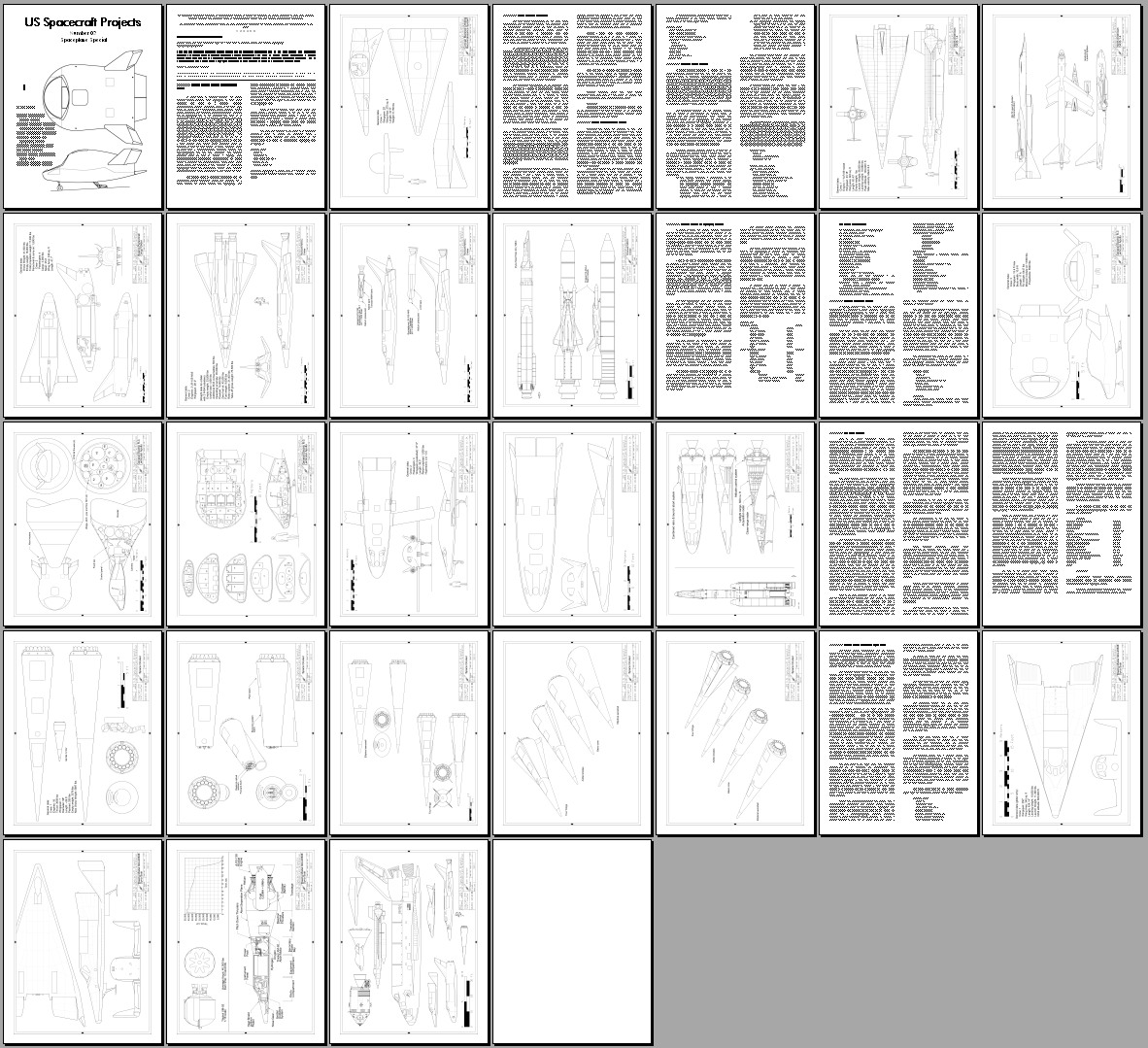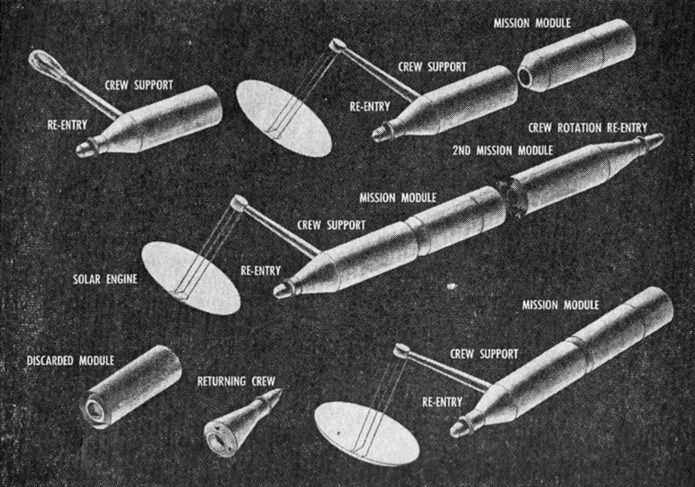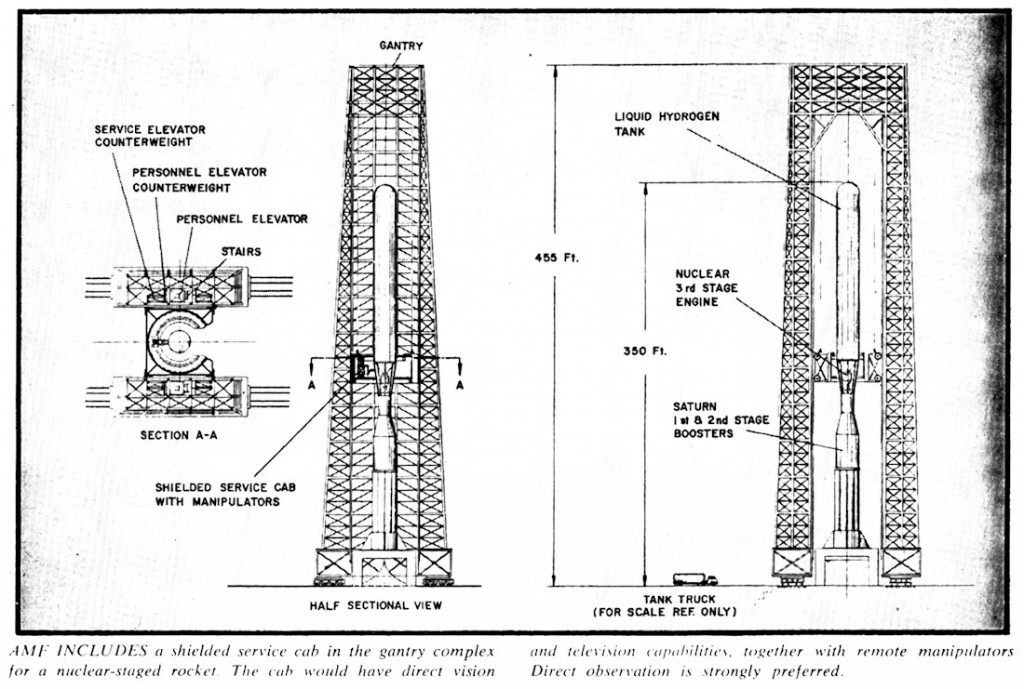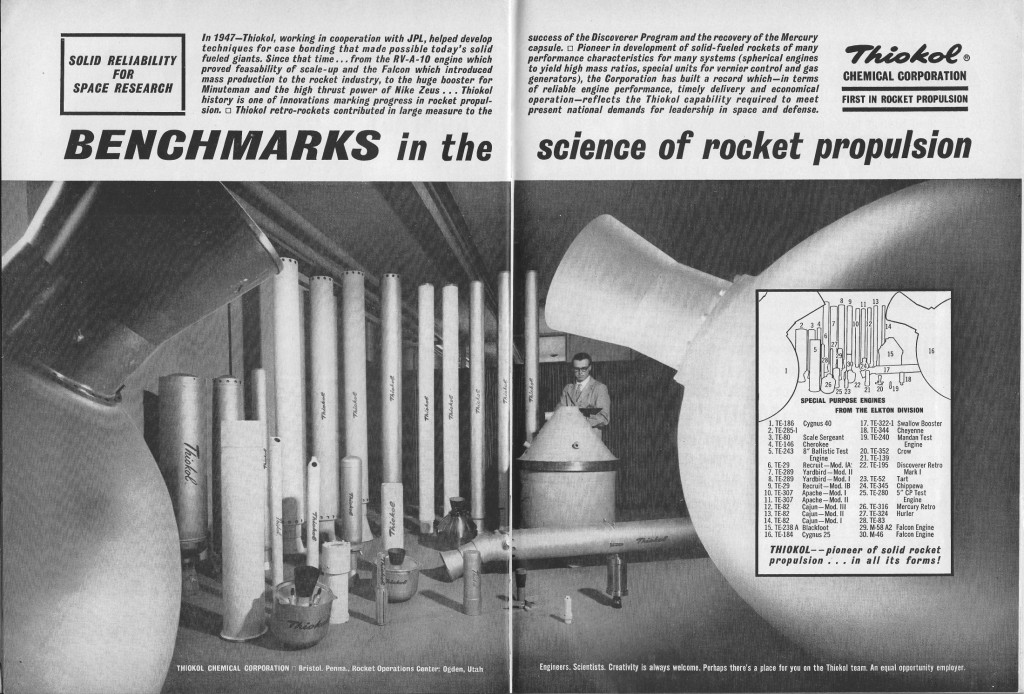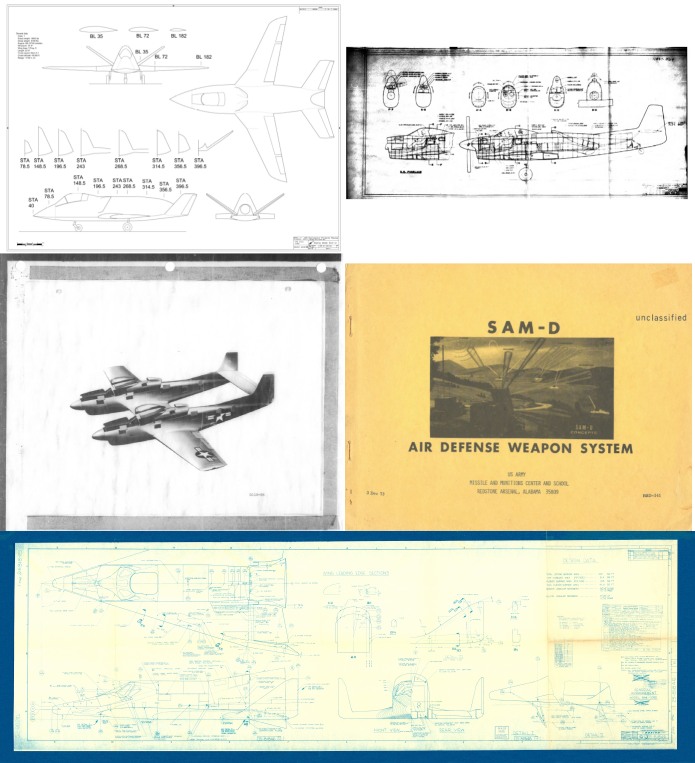Eugen Sanger was an Austrian engineer from the early/mid 20th century. While largely forgotten by the vast majority of everybody today, he is remembered, at least in aerospace circles, as the originator of the Silbervogel (“Silverbird”) rocket-powered suborbital bomber. This work was performed during WWII for the German government, and included some substantial rocket testing; the odd thing – though wholly in character for the Nazi regime – was that this work was entirely separate from the development work on the V-2 rocket. Had the efforts been brought together, chances are that German rocketry would have been further advanced by the end of the war.
In 1934, Sanger published a paper on advancement in liquid propellant rocketry, work that would later feed into his Silverbird effort. “Recent Results in Rocket Flight Technique” not only reported upon work done in developing a gas-oil and liquid oxygen burning rocket engine, but also proposals for manned rocket powered aircraft. The paper was originally written in German and granted the catchy title “Neuer Ergebnisse der Raketenflugtechnik,” but it was translated into English by the National Advisory Committee for Aeronautics in April of 1942. Why was it was translated just then? Depending on the speed of the translators, the work may have begun just after the American entry into WWII, which might indicate a bit more interest in German rocketry in certain portions of the US Government than has generally been understood.
The abstract & such for the report can be seen on the NASA Technical Report Server HERE. Or it can be directly downloaded as a 33 meg PDF HERE.
Note: my original plan for this writeup was to include verbiage along the lines of “Sorry that the two-bit black-and-white scan quality is so poor, but whatcha gonna do.” But in looking it up, I found that the original bleah-quality scan has been replaced with a higher quality full-color scan. This is a good thing!
Much more aerospace stuff is available via the APR Patreon.
